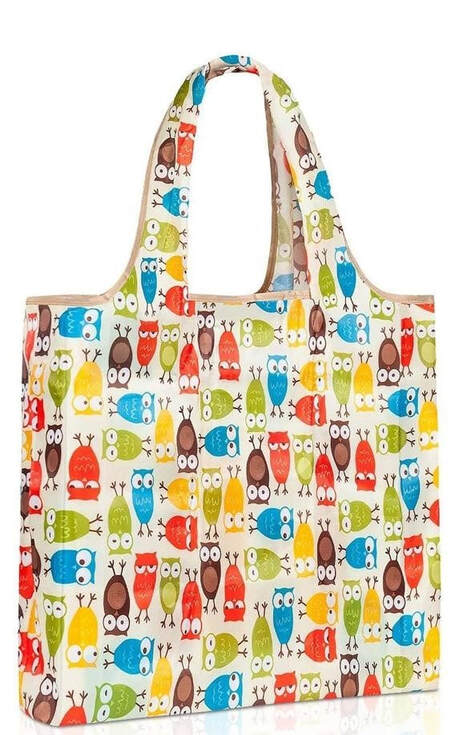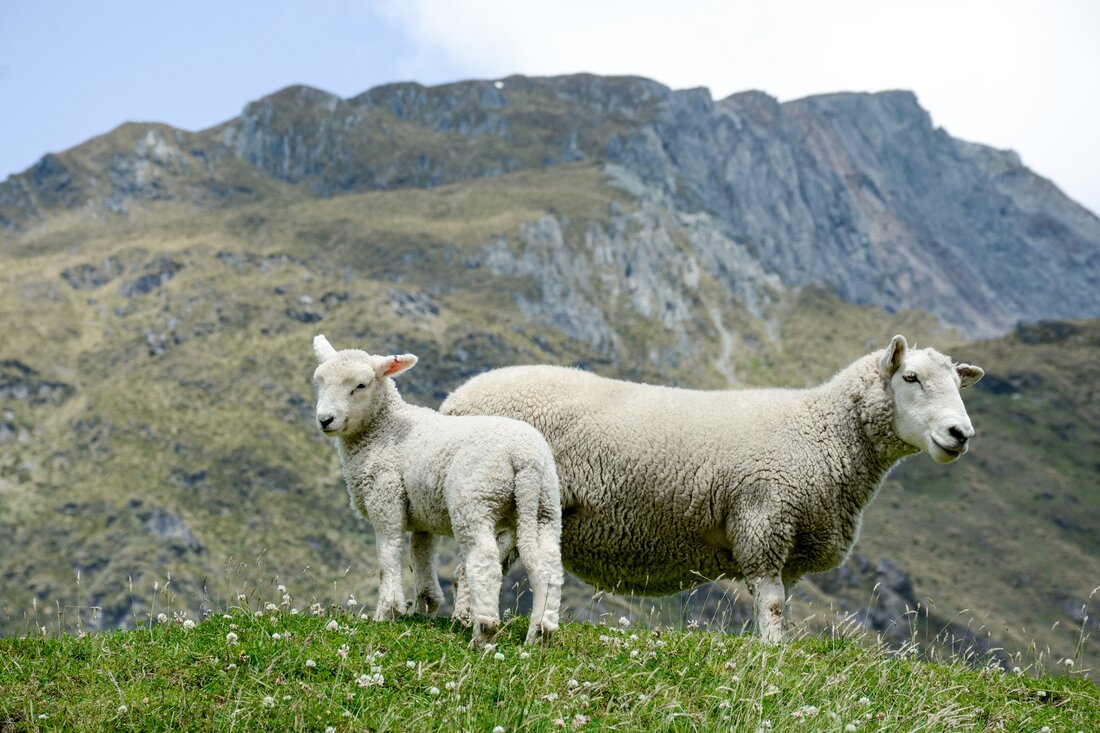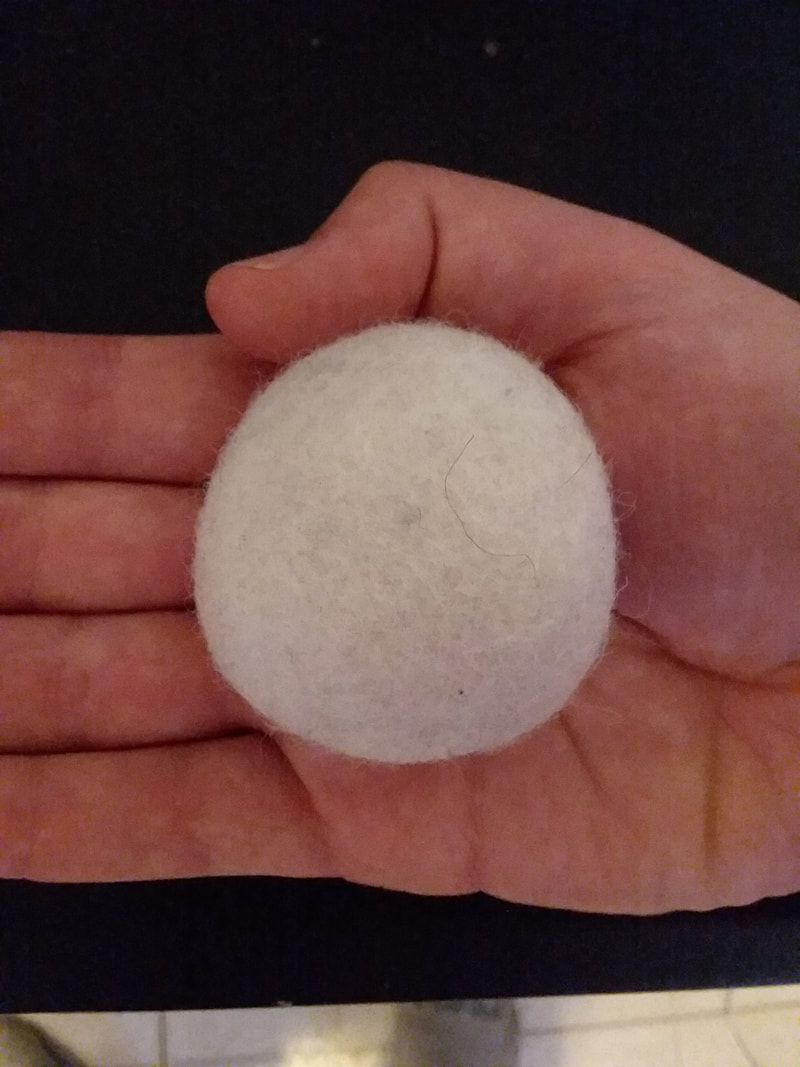 Today I want to talk about reusable shopping bags and why you should consider using them for all your shopping and other out on the town needs. If you search the great wide world of the internet you will find a lot of conflicting research done about the damage of single use plastic bags in the environment. Some people will say with compelling facts and figures that plastic bags are less harmful than paper bags or other reusable products. Others will say the exact opposite and use similar or even the same facts and figures to prove their point. I say this because I honestly don’t know which version of the argument has more merit. What I do know or at least have some degree of confidence in is the following,
Where does this leave me? What I know leaves me with the personal opinion that disposable plastic bags despite what some people say are worse for the environment than reusable or compostable bags. The facts that really sway me to the reusable bag side of the argument is the time of use and time that the bag sticks around for after its useful like is done. If you only use something for 12 minutes and then throw it in the garbage where it sits for the next 500 years that to me is much more damning than the reusable alternative. The Bag Now that I have got my philosophizing out of the way I can get to the matter at hand and tell you more about the bags I sell in The Sustainable Like Shop. Specifications
What I like about the bags There are a couple of things about the bag that I really like. One is its overall size and construction style. It’s big enough to hold a lot of things be they groceries, books, or supplies for a day at the beach. The handles are also integrated with the rest of the bag which eliminates one of the common points of failure on many reusable cloth bags. It also has a gusseted bottom which allows for easier filling and can let it stand up when full. This bag is also very light and can collapse down very small which makes for easier storage at home and in the pocket when heading to the store What I don’t like about the bags Probably the biggest thing I don’t like about the bags is that they are made of a synthetic fiber and not natural fiber While this is a durable and long-lasting fiber it is not ultimately very compostable when it’s useful like is done. However, since I will get lots of use out of this bag it is still better than disposable bags since it will get many uses by the end of its life. Final Thoughts The main takeaway I have for you on this subject is that you should always use a reusable bag whenever it is possible. By almost any reasonable assessment something you use for a long time is always better for the planet than something you only use for a little bit. Using a cloth bag like the ones I sell here are an important and easy step to living a more sustainable like into the future. Sources: https://www.epa.gov/sites/production/files/2020-11/documents/2018_ff_fact_sheet.pdf
0 Comments
 So if you haven’t guessed by now this particular blog post is about wool more specifically the wool dryer balls I have for sale in my store. So just in case, you didn’t already know most wool comes from these guys Photo by Sabrina Wishak from Burst Cute little things aren’t they at least from a distance where you don’t have to smell them. Sheep have been with us for a long time and at first, we didn’t even use them for their wool. Archaeological findings tell us that they were originally kept for their meat, milks, and skins with the wool still attached I’m sure. However, in the relative blink of an eye, just a couple thousand years or so humans did start to breed them solely for their wool. We had discovered that wool just by itself was an incredibly useful material especially as humans began to inhabit colder and colder climates. The uses of wool are far-reaching even in modern society some examples of wool today would include,
Which of course brings us the main attraction of today’s post which is the wool dryer balls we sell at The Sustainable Life Shop. Now if you must use a dryer to dry your clothes or you just want some softness beat back into your towels then you need some wool dryer balls. These little wool balls help out in several ways in making sure your clothes, towels and sheets come out of the dryer better than they went in. Softening clothes There is nothing quite like physical action to literally beat the stiffness out of jeans, towels, and other commonly stiff clothing items. Unlike dryer sheets which use chemicals to soften your clothes the 100% wool fragrance-free balls do it by pummeling your clothes into submission as they go around the dryer drum. They can do this again and again without having to be replaced, unlike those single use dryer sheets. Dry Faster Another thing that these little wonders are good for is separating your clothes out so they dry faster. You have probably noticed that some things like to twist themselves into knots in the dryer leaving you with damp spots and some serious untangling to do. Dryer balls can mitigate this somewhat by creating space. Since your clothes are drying sooner you are also using less electricity/propane which is a win for your clothes the environment and for your wallet. Biodegradable While not necessarily a feature that helps your clothes it does soothe my conscious to know that at the end of their useful life I can just chuck them into my compost bin and add them to the garden. What I don’t like about wool dryer balls. There is really only one thing I don’t like about these fellas and that is they sometimes get caught up in sheets or other large bits of laundry and they come with when you empty the dryer. This is followed quite often by them flying out at some inopportune time and try to make their escape. While this feature is annoying to me it is beloved by the family cat who thinks chasing them down and playing with them is the best thing ever. So at least the cat continues to find amusement in my suffering. In conclusion I like them, The cat likes them, And they are renewable product that is 100% compostable at the end of its life what’s not to like. If you agree head on over to the product page and check them out.
So here we are again it's the holiday season here in the USA and for a lot of the world. You start it off with the gluttonous feast of Thanksgiving, hit the peak of consumerism and waste for the year by Christmas and for many people the season is ended by staying up to late and getting hammered at some party to celebrate the beginning of a new year.
At least in a non Covid-19 year that is........ A Brief History
The Mason jar the humble container used for canning and preserving food is capable of being used for so much more than just canning. They were created by a fellow named John Landis Mason back in the 1858 and were among the first types of jars used to preserve food. There were earlier examples of canning food in jars to preserve it but with the advent of the screw on ring and lid really caused the practice to take off. If you are anything like me you get quite a bit of paper delivered to you through the mail. All that junk mail, magazine subscriptions and useless ads for things you should never by. If you are lucky you would be able to recycle all that paper so it can be turned into something else down the line. However you may live in an area that doesn’t do paper recycling so that really leaves you with the option of throwing it in the trash. But if you are actually reading this article on this website then you are probably like me and you hate throwing things away that could have other potential uses. One of the best uses I have found for that waste paper is turning it into long lasting fire starters. Now I am sure you already know that paper burns really easily but it also burns really quick which can sometimes hinder how well it performs as a fire starter. Keeping lose paper around can also take up a lot of space that could be better used for other things. So any easy way to get around these dual problems is to turn all that extra waste paper in paper mache fire starters. This is really easy to do but it does take some time and just a few things to make the process easier.
Materials needed,
What is Earthbag Building?
Earthbag building in a nutshell is earthen building made easy with modern technology. It takes the time honored methods of building with earth like cob, adobe and rammed earth and simplifies them to the extreme. Gone are the long drying times of adobe, the critical mixture requirements of rammed earth and the limited amount of material you can lay in a day like cob. With earthbag building techniques you can build a home out of almost any soil, in any location, using tools that you made on site. What is adobe?
Adobe in its simplest form is a sun dried brick of clay, sand and other earthen materials. It has been around for around at least since 3800 bc in Egypt and may extend even farther back in history than that. It has been around so long because when done correctly adobe is a strong building material that is suitable for many climates even rainy ones. Origin of the word adobe can be traced back to the Egyptians and it transformed only a little bit over the intervening 5000 + years. It was given it current spelling and usage when the word was assimilated from Arabic to Spanish and then the English language just co opted it from there.
The hole in the bottom of the sock tells a person many things. The first of which is the obvious one that you need a new pair of socks. But it also says you and that sock have traveled many miles together and have done many things that you couldn’t have done without that sock. That sock cushioned your heel and protected your ankles from the rough embrace of those new hiking boots you bought. So after traveling so many miles together and now full of holes what can this humble sock do for you now. Most people take this sock and simply discard it in favor of one not so full of holes. I think that is a waste of a wonderful piece of fabric that has lots of life left in it when you look at it in a whole new light.
To that end I am going to tell you about a few different ways you can put a old worn out sock to use around the house. |
AuthorHello my name is Josh Larson and I am the creator of the Green Living Library. Here on the blog you will find updates to content found in the Green Living Library as well as stories from those living the sustainable life already. Archives
December 2021
Categories
All
|
